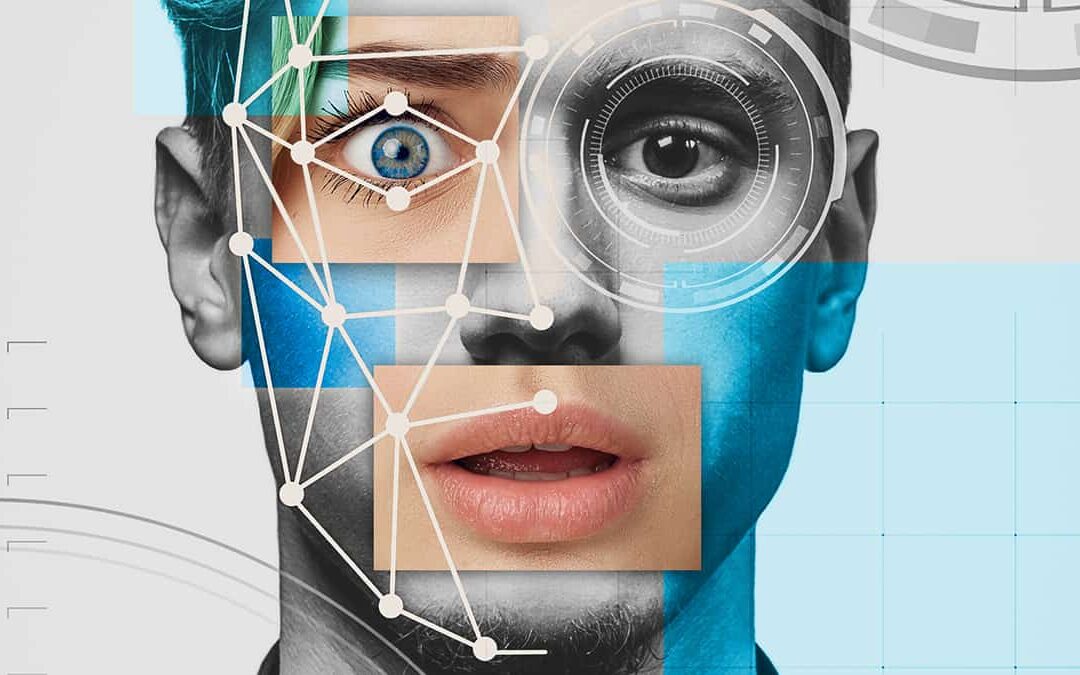I awoke at 6:28 a.m. to a text message from a friend in Shanghai, China.
“Is this you, Amanda?” He messaged me on WeChat.
I hadn’t even had my first cup of coffee. I drew my phone closer for a better look.
“Yes, it’s me,” I replied. “But… how?”
My friend came across an ad for a camping stove while browsing Taobao, a Chinese marketplace owned by Alibaba. I saw my Puerto Rican mother’s long eyelashes and distinct jawline, my father’s prominent Austrian nose, and my abuela’s long hands in a mirror.
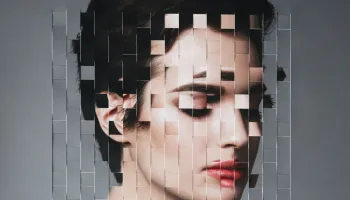
“Was that Photoshop?” “Did I get hacked?” “Or is it possible that one of my photo apps is to blame?”
All reasonable questions. After living in China for a few years, I was used to bystanders taking a photo or two when they saw foreigners, especially redheads. But I’d never given my permission, let alone posed for this photograph. To think about it, I didn’t even own a white winter coat.
So I began my investigation.
The Examination
FIRST, I used a slew of tools, including TinEye, Google, Bing, and Yandex, to reverse-search the photo across international sites, eventually saving each copy in a single desktop folder. I discovered the photo reposted 74 times on marketplaces ranging from Germany to Japan.
The products and details in the photos changed—some showed a camping stove, while others showed a portable gas cooker. While it was clear that the images were derived from the same source image, one photo from a Belizean market stopped me in my tracks. This version was drastically different. Sure, she appeared to be related to me, but I knew she wasn’t because of her slightly rounder face and a small gap in her teeth, both of which I lack. Unlike me or any of the versions that appeared on Chinese websites, she also had sunken-in eyes and cheeks that appeared to have been layered several times.
After cropping the photo and re-submitting it to reverse search engines and even a few catfishing sites, I discovered the source image: an Amazon ad for an outdoor camping tent. The original Amazon marketplace model looked a little like me, but more like a cousin. (“We investigated this and confirmed that the photo on our site was taken in 2018, and the model in question is an Amazon employee,” said Betsy Harden, an Amazon spokesperson.) However, as the image was reposted from site to site around the world, it shifted and transformed to include elements of me and my likeness.
The mouth on the Amazon model was not quite as big, and the original image in general had a little more softness to it. The Amazon model resembled the Belizean version. The one that ultimately appeared on Taobao and JD—the one that accurately represented me—had a sharper jawline, plumper lips, a smaller face, a longer chin, rosier cheeks, and more defined brows.
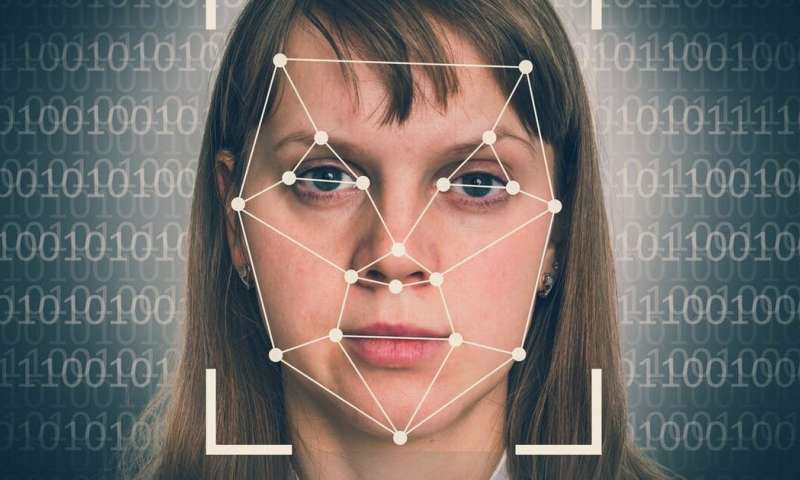
The Chinese marketplace photographs could have been made using an actual photo of me, according to Rijul Gupta, a synthetic media engineer whose business DeepMedia AI recently teamed with the US Department of Defense to flag deepfakes. If this is the case, it is likely that deepfake synthesization tools, which are complicated but considerably quicker than Photoshop, were used to edit the photos rather than Photoshop. You can alter any face you discover online using these powerful tools to your specifications.
“There is undeniable proof that the in question photographs have been artificially altered, Gupta informed me. This is demonstrated by the obvious artifacts around Amanda’s face in the photograph, as well as by the poor lighting and garment highlights. These checkerboard distortions around the chin are a dead giveaway in the Belizean version, and they are also different from any type of image compression you would often see.
It’s unknown whether marketplace vendors purposefully altered and synthesized my face, as can be seen on Douyin (Chinese TikTok), Weibo, and other social media platforms, or if they used “random” photos from the internet to do so. In either event, this demonstrates the obvious danger that this technology poses to those who might be the victims of identity fraud, according to Gupta.
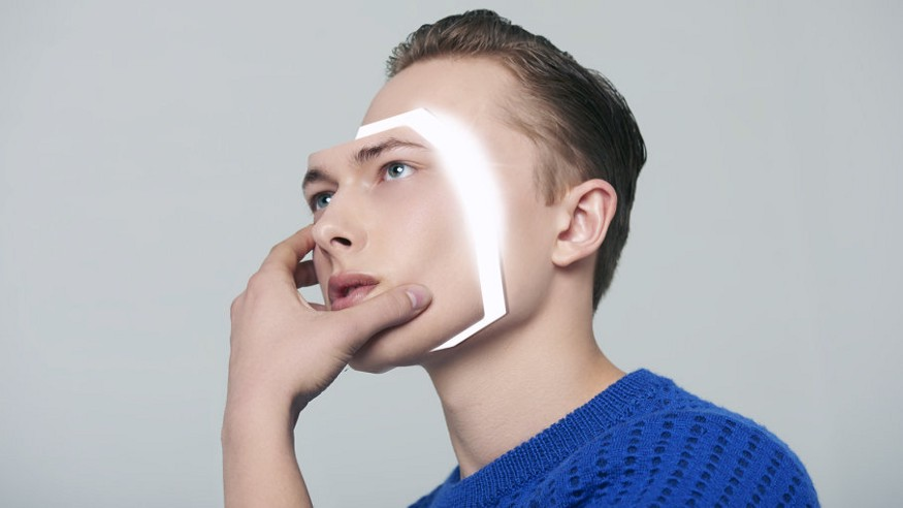
I got in touch with a Hong Kong-based AI engineering team to find out more. Senior developer Wendy Zhang of Cutout.pro tested the ads from Chinese marketplaces. The system would award a value of 1 to deepfakes while assigning a 0 to real photographs.
With the exception of one photograph, the scores were all one. The team put the photos through multiple rounds of testing, including close-ups of the altered face and hands, as well as genuine photos of me that I provided for comparison.
“The algorithm keeps learning on its own,” Zhang explained. “As a result, deepfake images evolve over time and change or improve in various ways.”
Taking Over the System
THERE ARE USUALLY TWO REASONS WHY PEOPLE CREATE IMAGES LIKE THIS: one is to sell products and don’t want to pay for an original image, and the other is to include another face in the picture.
“It would make sense for some companies to ‘hijack’ related Amazon images, insert their products into them, and use the modified image for their own marketing,” said Neil Sahota, a United Nations artificial intelligence adviser. “It’s a major shortcut, and it explains why they don’t replace the original models with locals.”
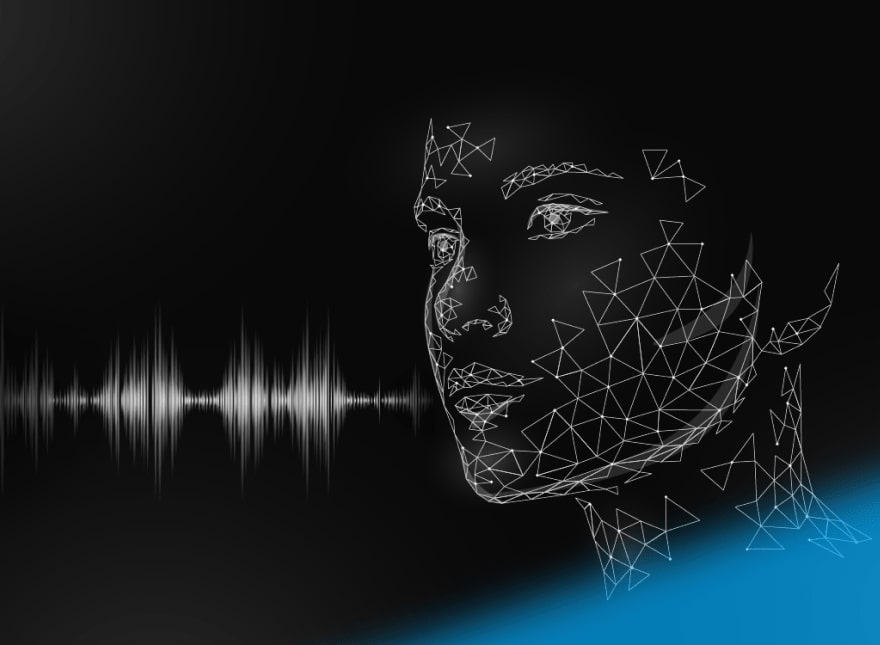
“It’s possible they used some of Amanda’s likeness in the cooker ad,” he added. “They would only need to slightly alter the photo to deceive Amazon about any image copyright infringement.”
Why do people do this when there is no shortage of new faces or talent?
Gupta stated, “They believe your face sells more than the original model’s.” What will happen is that they will take a picture and pass it from person to person, changing the face along the way.
You might be able to pull off a “perfect face swap,” which he refers to as one that accurately matches a person’s identity, depending on how good the deepfake network is. Sometimes it will be split equally. It will keep going in that loop with many identities and faces the entire time, he said.
Face swapping and deepfake tech aren’t new. Apps like Face Juggler and Face Swap Live made the rounds in 2012 and 2015, but since then, these tools have become more sophisticated, allowing someone to easily change a model’s body position and clothing too.
One of the most well-known instances is the hacker-made video depicting Ukrainian president Volodymyr Zelensky appearing to submit to Russia. Olympic gold medalist Liu Xiang won 6,000 RMB ($872) in compensation from the court after his likeness was used for commercial gain. Oh, and there’s the infamous and contentious Bruce Willis deepfake advertisement created for a well-known Russian phone provider. In the commercial, a bomb that will detonate if it isn’t disarmed in time is attached to the false Willis and another actor. The prank sparked discussions concerning a person’s right to their name, likeness, and face.
Regarding my situation, the marketplace vendors did not disclose how the advertisements were made, but Taobao, AliExpress, and JD retailers have now taken down the offending pictures. The remaining photographs can still be found on a few blogs in China and on the Belizean website.
Download The Radiant App To Start Watching!
Web: Watch Now
LGTV™: Download
ROKU™: Download
XBox™: Download
Samsung TV™: Download
Amazon Fire TV™: Download
Android TV™: Download

